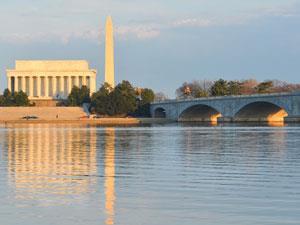
The team say that acid rain, caused by airborne pollutants, is the likely culprit. This may seem odd, but acidic soil and groundwater can actually make rivers more alkaline in the long-term by weathering alkaline rocks, such as limestone and other carbonates, so they are dissolved and carried away at a faster rate by running water. This effect is well studied and in small streams can actually be beneficial by helping to offset some of the acidity brought on by acid rain. But over decades, say the team, things have gone too far the other way.
Should the trend continue, water supplies to important urban centres could be at risk. Very alkaline water complicates the treatment process, encourages the growth of algae in reservoirs and speeds up pipe corrosion. Rivers supplying major cities including Washington DC, Philadelphia and Atlanta were among those surveyed.
References
S S Kaushal et al, Environ. Sci. Technol., 2013, DOI: 10.1021/es401046s






No comments yet